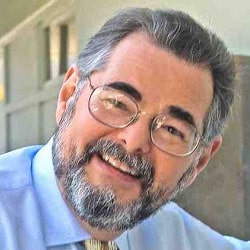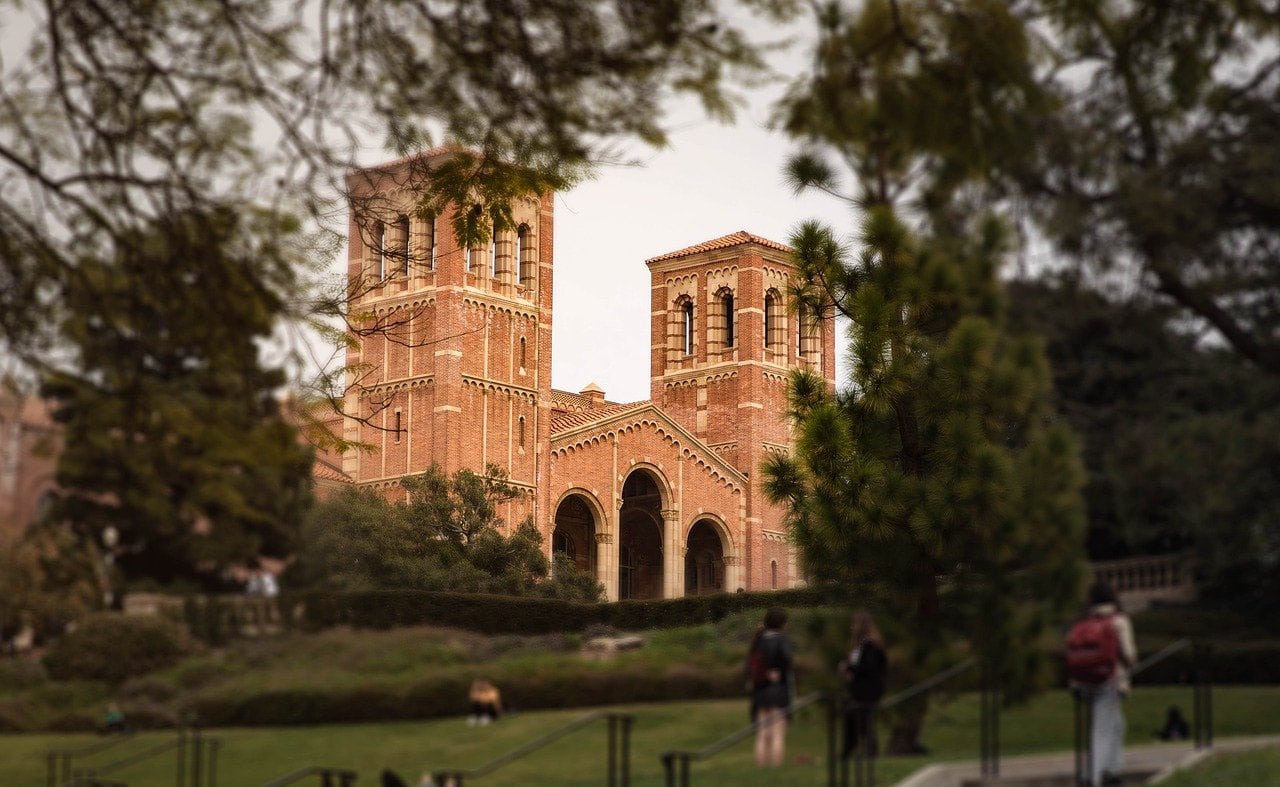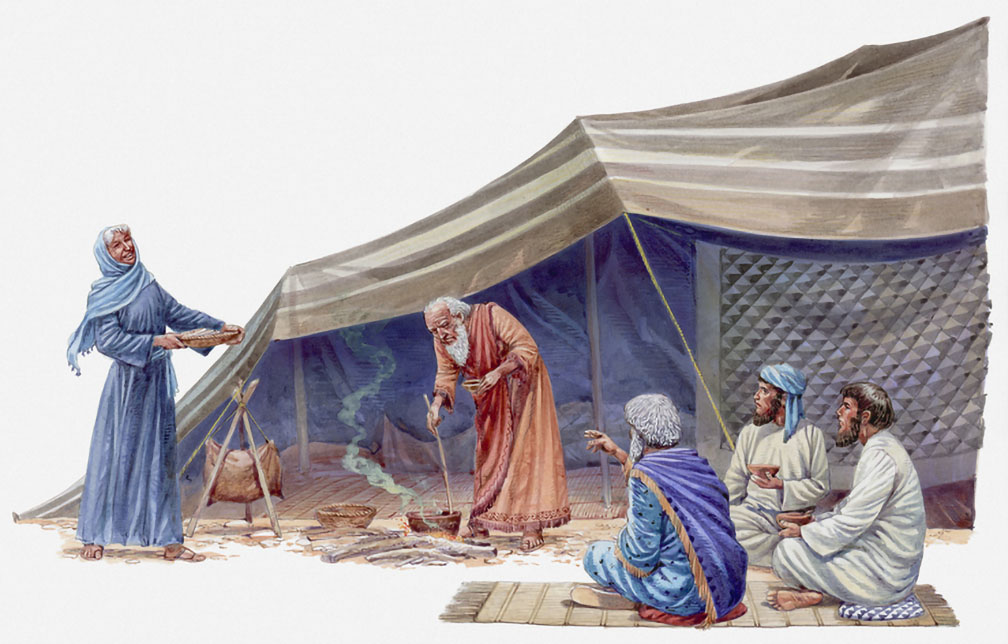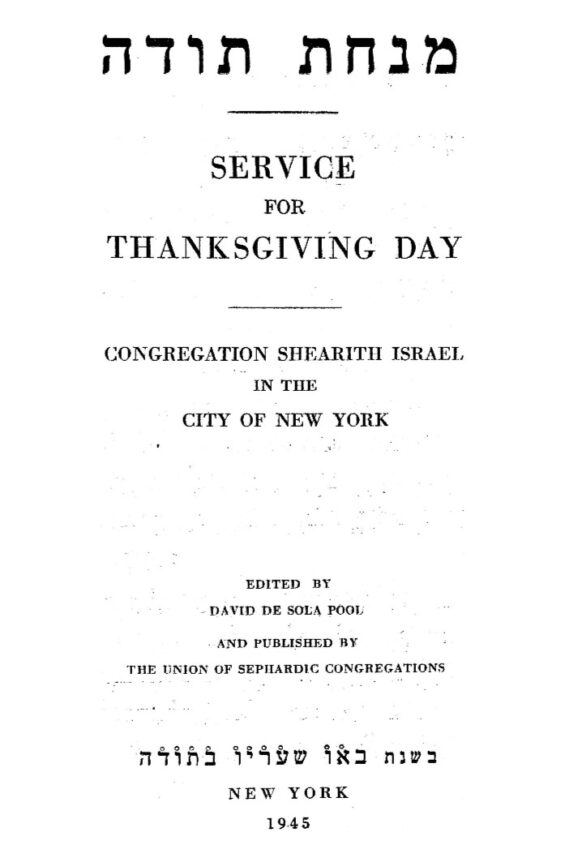For me, no genre of literature is quite as enchanting or enriching as the travel memoir. Indeed, two of the titles on my own shortlist of favorite books — Bruce Chatwin’s “The Songlines” and Peter Matthiessen’s “The Snow Leopard” — are essentially travel books that have aspired to and achieved greatness. Among the books I read again and again, several fall into this same category: Graham Greene’s “The Lawless Roads,” Lawrence Durrell’s “Bitter Lemons of Cyprus,” Jan Morris’s “The World of Venice” and Reyner Banham’s “Scenes in America Deserta.”
Now comes Benjamin Taylor’s superb contribution to the genre, “Naples Declared: A Walk Around the Bay” (G. P. Putnam’s Sons: $26.95). What Chatwin did for Australia and Matthiessen for the Himalayas, Taylor now does for the storied city of Naples. I will steal a line from Leon Wieseltier’s review of Taylor’s previous book, “Saul Bellow: Letters,” to describe his newest one: “an elegantissimo book.”
Taylor brings an impressive set of literary credentials to his work. He is the author of two novels (“Tales Out of School” and “The Book of Getting Even: A Novel”) and a work of cultural criticism (“Into the Open: Reflections on Genius and Modernity”), the editor of “Saul Bellow: Letters” and a longtime faculty member of the Graduate Writing Program at The New School for Public Engagement in New York.
Then, too, Taylor has chosen an especially rich and provocative subject. Naples has been condemned for its crime and poverty, dismissed as a tourist trap and derogated as a sinkhole of superstition. “At the best,” Henry James observed in 1907, Naples is “wild and weird and sinister.” Taylor attests that all of these clichés are rooted in fact, to one degree or another. But he also celebrates Naples as “the great open-air theater of Europe,” and he insists that “Naples the glorious and Naples the ghastly have always been one place.”
“Two falsifying myths have coexisted,” he explains. “On the one hand, Naples is held to be all superstition, ardor, and mirth; on the other, all cunning, malignity, and deceit . … I do not recognize the city I love in either of these caricatures.”
Taylor deftly sums up more than 3,000 years of history, ranging from the establishment of a Mycenaean entrepôt in 1800 B.C.E. to the signal event of 2011: “Renewed garbage crisis.” He pauses to note that the bowl-shaped topography of Naples is likely the result of a meteor strike some tens of millions of years ago, and he conjures up the events of both antiquity and modernity: “The wonder of the place,” he writes, “is that it has not been annihilated by so much history.”
Like all great travel memoirs, however, “Naples Declared” owes some of its best moments to the firsthand experiences of the author in the place he writes about. He is a watchful traveler and a charming raconteur, and so we are treated to accounts of his successful effort to cure the hiccups of an aristocratic Englishwoman known to the hotel staff as “Lady So-and-So,” his inventory of the cast-off items and the poignant graffiti that he spots in an ancient aqueduct used as a bomb-shelter during World War II, and his observations about the difficulties that Americans face when trying to order a chicken dinner in a restaurant. “Among the staff here, my nickname is ‘Chicken,’ ” he remarks. “They don’t think I’m in on the joke.”
After a chance encounter at the Biblioteca Nazionale, he chats with an Italian woman named Gabriella who is studying American literature and approaches him with a question “about an American matter.” — “This ‘Absalom, Absalom,’ ” she complains, “is preposterously hard.” Gabby, as it turns out, is able to enlighten Taylor on the fate of the tiny Jewish population of Naples by escorting him to an out-of-the-way Sephardic synagogue with a memorial plaque. “Of the 7,500 Italian Jews who perished in the camps,” notes Taylor, “a scant fourteen were from Naples.”
One excursion in Naples is literally a pilgrimage, and it has a special resonance for me. Taylor visits the tomb of Norman Douglas, an English travel writer (“Old Calabria,” “Siren Land,” “Alone”) whose example and influence has shaped the kind of travel literature I love so much. “Without him,” explains Taylor, “figures such as Robert Byron, Peter Fleming, Norman Lewis, Patrick Leigh Fermor, Jan Morris, Bruce Chatwin, Colin Thubron, and Pico Iyer are unthinkable.”
Taylor’s book offers a full measure of history and reportage. “My modus operandi,” he explains, “has been to walk a knowledge of Naples into my bloodstream.” But the book is also a reverie. “In this place, my dream said, trust to the promise of renewable wonder,” he concludes, “every lover’s hope and prayer.” There is no better way to sum up what Taylor has captured in “Naples Declared,” a wholly delightful example of what the literary travel memoir can achieve.
Jonathan Kirsch, author and publishing attorney, is the book editor of The Jewish Journal. His next book is “The Short, Strange Life of Herschel Grynszpan,” which will be published by the Liveright imprint of W.W. Norton to coincide with the 75th anniversary year of Kristallnacht. He blogs at books@jewishjournal.com.




















 More news and opinions than at a Shabbat dinner, right in your inbox.
More news and opinions than at a Shabbat dinner, right in your inbox.